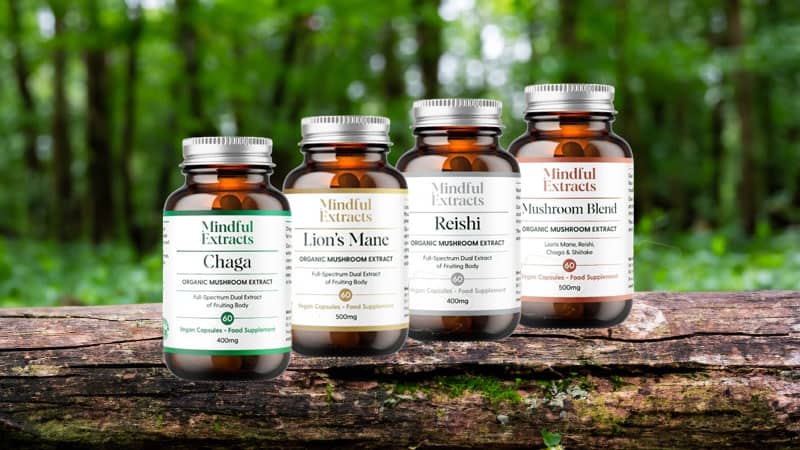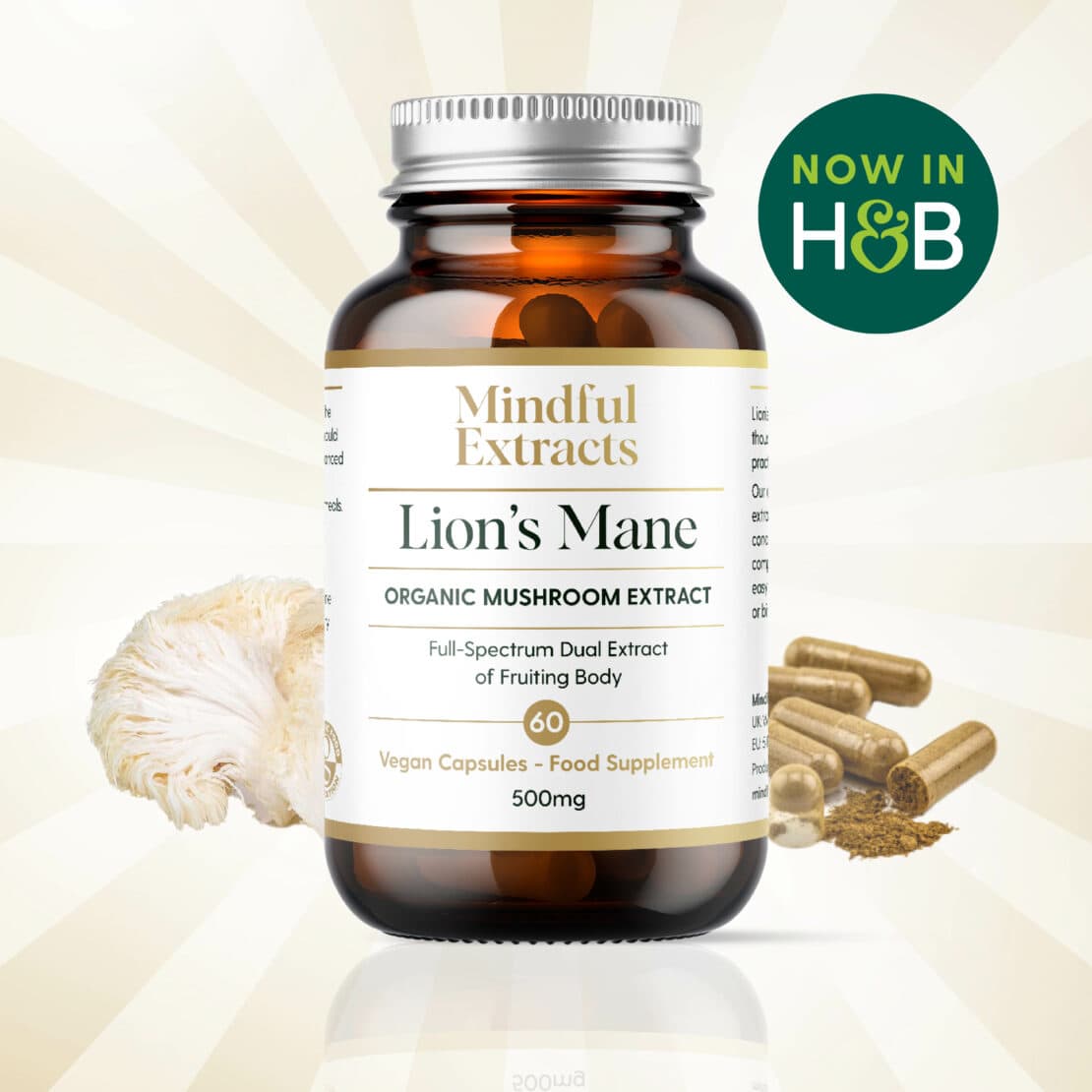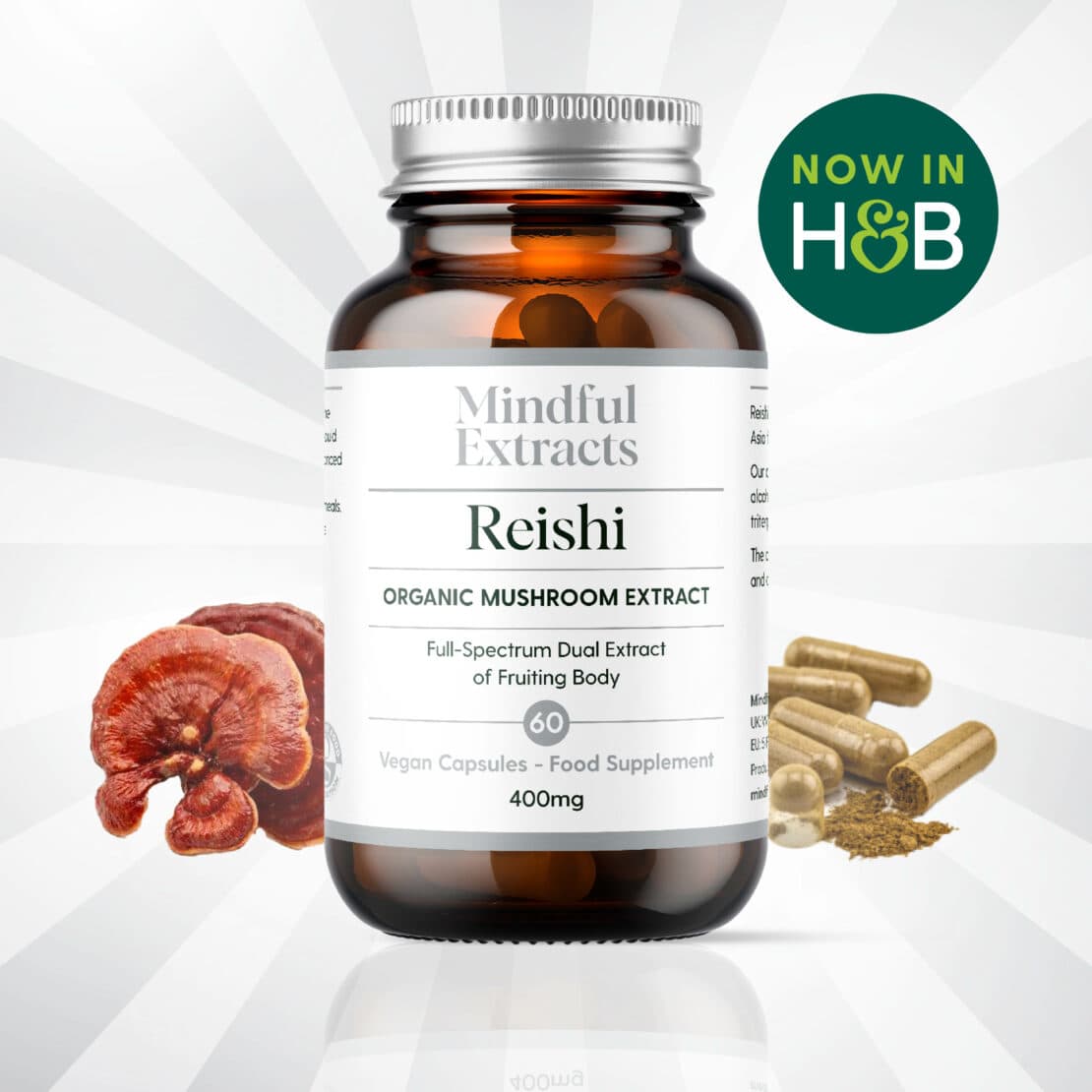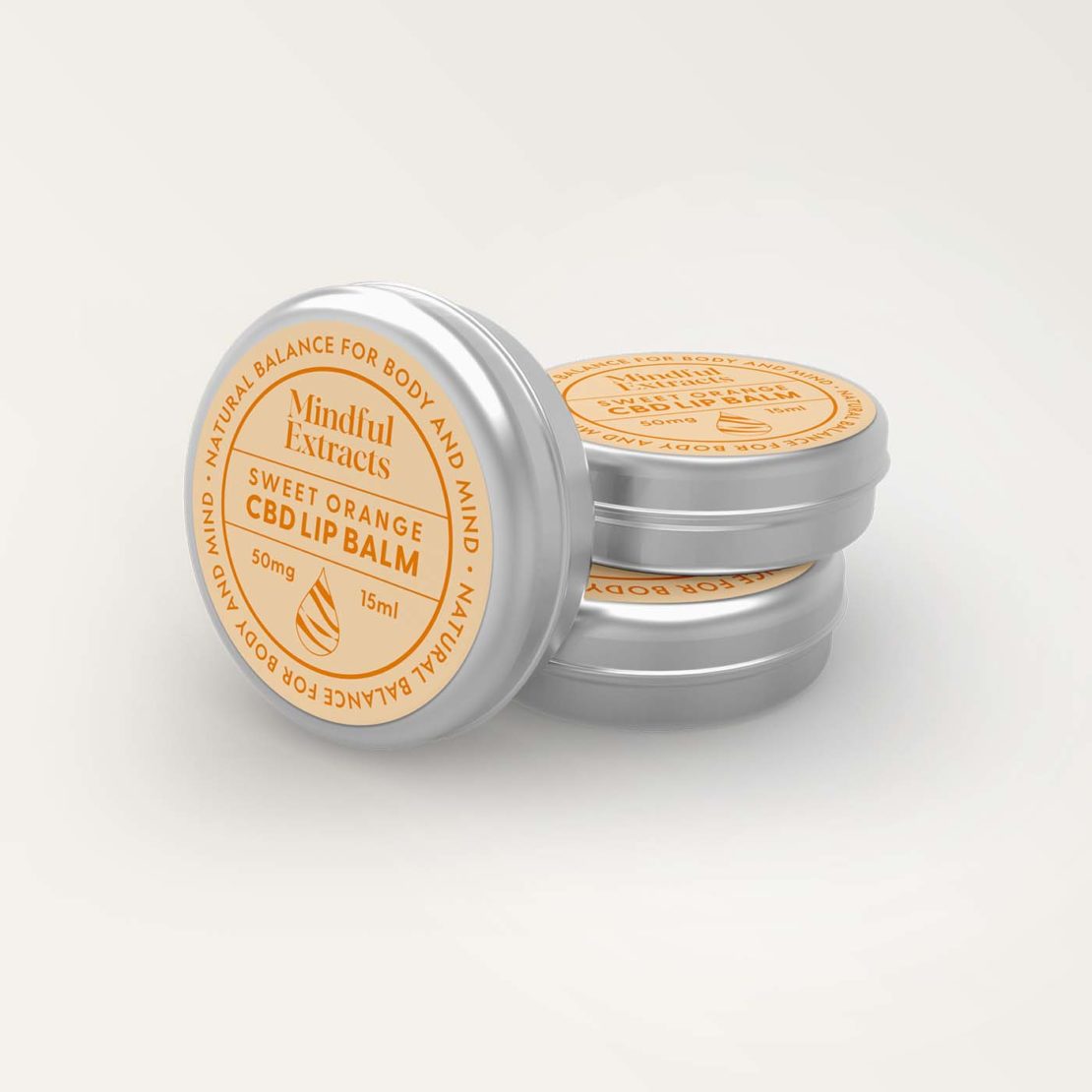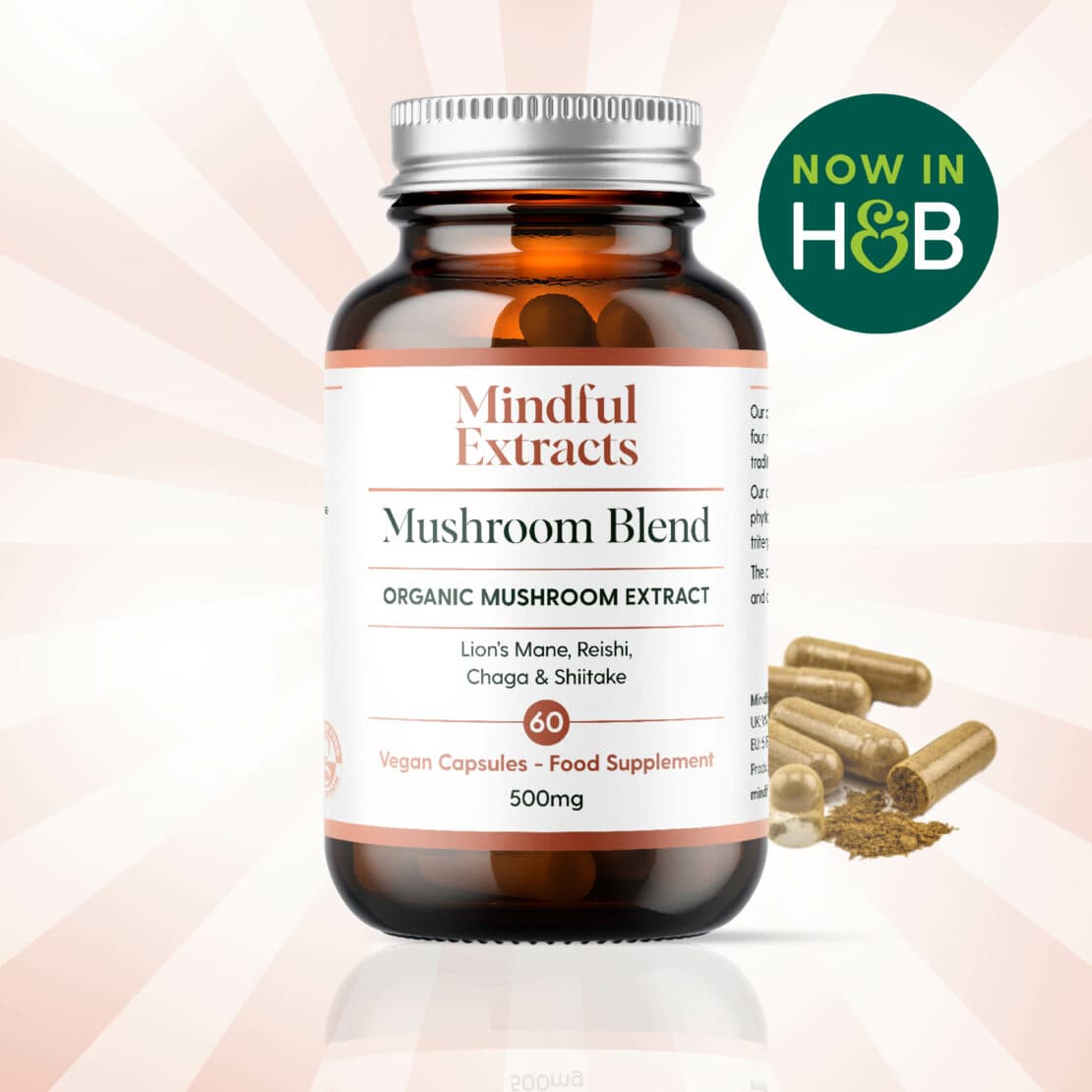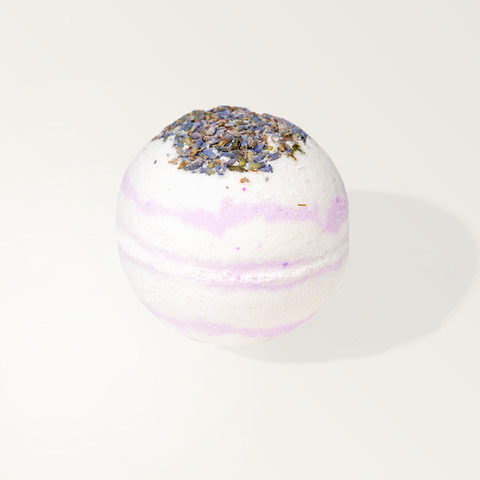Over the past few years, there has been growing interest in using hemp as a sustainable alternative to materials for textiles, construction, paper production, biofuels, and a whole host of other applications.
In this post, I’ll look at the fascinating world of hemp and how this ancient crop has become an excellent candidate for a greener and more sustainable future.
So, what exactly is hemp?
Hemp is a versatile and sustainable material derived from the Cannabis sativa plant. However, unlike its marijuana cousin from the same species, hemp naturally contains high levels of CBD (cannabidiol) and low levels of the psychoactive compound THC (tetrahydrocannabinol) – the substance responsible for those mind-altering effects. For these reasons, hemp is the preferred source for extracting CBD for products such as our CBD oils and CBD bodycare range.
How can hemp benefit the environment?
Climate change is arguably one of the greatest threats facing humanity today. Yet leaked correspondence between senior UK civil servants shows that the UK’s policies to reach its net zero pledges are staggeringly behind target. The leaked documents cite the Governments failure to invest in green manufacturing policies and to implement greener governing legislation.
But what if there was a straightforward solution that would dramatically reduce harmful industrial manufacturing emissions, naturally heal land damaged by pollution, and even pull existing carbon out of the atmosphere, all while producing valuable products?
Hemp could be the material that does just that.
When you first learn about the incredible and wide-ranging uses for hemp, it’s not difficult to start seeing it as something of a wonder plant! With a seemingly endless list of applications ranging from food, medicine, fuel, plastics replacement and numerous others, it can leave many people either doubtful of its credentials or evangelically vocal! However, one of hemp’s lesser-known virtues is how excellent this plant is for our planet.
Here are some of the top reasons why hemp is an environmentally sound choice for many industrial applications:
- It’s renewable and fast-growing. Hemp typically takes between 90 and 120 days to reach maturity and can reach a height of 15 feet in just three or four months.
- It helps reduce greenhouse gas emissions. Hemp is great at absorbing CO2 while it grows, and its absorption is higher than many other crops.
- It’s biodegradable. Unlike fossil fuels, hemp-derived biofuels are entirely biodegradable.
- It’s a soil improver. Through a process called phytoremediation, it helps to remove pollutants and can help reclaim contaminated land and recover poor quality land without the need for fertilisers and pesticides. Hemp was even used to remove toxins from polluted ground after the Chornobyl nuclear disaster!
- Better use of our natural resources. Hemp uses less water than most crops and can flourish on land where other crops would fail.
Hemp as a textile
The use of hemp as a textile goes back thousands of years, most likely originating in China. It was ideal for clothing, ropes, and sail-making due to its strength and durability.
Unfortunately, the popularity of hemp as a textile started to decline with the introduction of cotton in the late 18th century; cotton was much easier to process and therefore cheaper. In the 20th century, the use of hemp declined significantly due to its association with marijuana and the introduction of synthetic fibres like nylon. This decline was compounded by the US Marijuana Tax Act, which made hemp cultivation too expensive compared to other materials.
The good news is that hemp as a textile has been regarded as a more sustainable and eco-friendly alternative over the past few years. This has driven the development of improved hemp processing approaches, resulting in cheaper production costs and softer, more refined clothing. Now notable brands such as Patagonia and Levi’s have introduced hemp into the fashion world.
Can hemp be used as a building material?
The construction industry is one of the worst pollution offenders in the UK. In fact, this sector is responsible for 47% of total carbon emissions, 40% of drinking water, and 23% of air pollution. So it’s clear that construction requires urgent intervention to clean up its act. But what can be done when we’re simultaneously going through an unprecedented housing crisis and demand massively exceeding supply?
The answer could be hemp-derived hempcrete.
Hempcrete is a bio-based construction material created by mixing the shredded woody core of the hemp plant – also known as shiv or hemp hurds – with a lime-based binder and water. This process produces a strong, durable material with multiple construction applications. In addition, hempcrete is breathable, naturally flame retardant, humidity regulating, highly insulating and can even strengthen over time.
Hempcrete is also completely non-toxic – a considerable benefit given reports of ‘sick building syndrome’ are increasing. However, one of hempcrete’s most significant advantages is that it’s a truly sustainable building material.
Hempcrete (and hemp) is also carbon negative, so it absorbs more carbon from the atmosphere when it’s grown than is generated during its production, harvesting and transportation.
To highlight this point, the Hemp 30 project published by York University, in collaboration with the Biorenewables Development Centre, recently revealed that hemp crops could absorb up to 22 tonnes of carbon dioxide per hectare each year – more than any other crop or woodland! This carbon sequestration is partly due to the speedy growth of the hemp crop.
Can hemp be used as a biofuel?
The significant environmental damage caused by continuing to burn fossil fuels is undeniable. So too is the fact that fossil fuels are running out.
Finding clean energy alternatives is more urgent than ever, and using hemp as a biofuel energy source could be part of the solution. And hemp-derived biofuel has been used successfully for over 100 years as biodiesel and ethanol.
Running on hemp biodiesel requires no engine modifications either. In fact, Rudolf Diesel, the inventor of the diesel engine, designed his first engines to run on vegetable oils, while some of the earliest Ford cars ran on primitive hemp biofuel!
In 2010 researchers at The University of Connecticut ran an experiment that created a viable biodiesel made from hemp seed oil that showed a very high conversion efficiency – 97% of the oil extracted was converted to fuel.
Hemp biodiesel also has other advantages over crude oil-derived diesel:
- It’s a better lubricant.
- It has low toxicity.
- It has a much higher flashpoint which makes storage and transport considerably safer.
- It has a unique ability to perform even in cold weather – often a stumbling block for other biofuels.
Can hemp replace plastics?
Unfortunately, plastics have become an integral part of modern life. From packaging to product manufacture, we are so used to plastics it’s hard to imagine a world without them (but none of our packaging uses plastic!). But the convenience and usefulness of plastics come at a hefty cost to the environment.
Researchers at the UN Environment Programme have estimated that of the 9.2 billion tonnes of plastic produced over the last 70 years, approximately 7 billion tonnes ended up as plastic waste, either being dumped in landfills or into the environment. That is a massive burden on our ecosystems.
Plastics can take hundreds, sometimes thousands of years, to degrade. However, this statement is misleading. Plastic materials do not exist in nature, so no naturally occurring organisms can break them down effectively (though some fungi are known to help speed up the process).
While plastics degrade into smaller particles due to exposure to the sun, salt water or friction, they do not decompose but slowly turn into microplastics and nano plastics (MNP’s) that accumulate in our environment. In a depressing study, the Ellen MacArthur Foundation predicts that by 2050 there will be more plastic in the world’s oceans than fish.
These minute plastic particles infiltrate our food chain, air and drinking water. For example, the Medical University of Vienna published a study in the journal ‘Exposure & Health’ which estimated that five grams of plastic particles enter the human gastrointestinal tract per week – roughly equivalent to a person eating a credit card each week!
That finding wouldn’t be so alarming if we were confident that plastic isn’t harmful. However, evidence suggests that MNPs detrimentally alter our gut microbiome, enter our blood and organs, and disrupt healthy function.
We only know some of the long-term effects on our health. Still, we do know that when plastics break down, they release harmful chemicals like endocrine disruptors linked to infertility, obesity, diabetes, prostate or breast cancer. With other plastic additives linked to conditions like impaired reproduction, growth, cognitive impairment and neurodevelopment disorders, it seems prudent to rapidly source a practical and readily available substitute.
Bioplastics, like hemp plastics, could mitigate this worrying problem.
There are several ways to create bioplastics from hemp, one of which utilises the plant’s high cellulose content. Up to 70% of hemp is cellulose, and this natural polymer can create products such as cellophane. And though it is possible to create 100% pure hemp bioplastics, combining hemp with other natural plant-based polymers is a common approach to allow greater versatility.
Bioplastics is not a new concept. Once again, Henry Ford was a pioneer of this technology. He made a prototype car in the early ’40s with a bioplastic body using a mixture of cellulose fibres derived from hemp, wheat straw, and sisal (agave plant) combined with a soybean-based resin binder.
Unlike conventional plastic bottles, hemp-based bioplastics can fully decompose in as little as six months. In addition, Hemp bioplastics are lightweight, thermally stable and can have higher tensile strength than steel; automobile companies like BMW and Mercedes are already utilising it on some models.
As I’ve explored throughout this article, hemp truly has the potential to revolutionise how we approach sustainability across various industries. So the next time you come across a hemp product, please remember the significant positive impact it can have on our planet!
 Free Delivery on all orders over £40
Free Delivery on all orders over £40 


